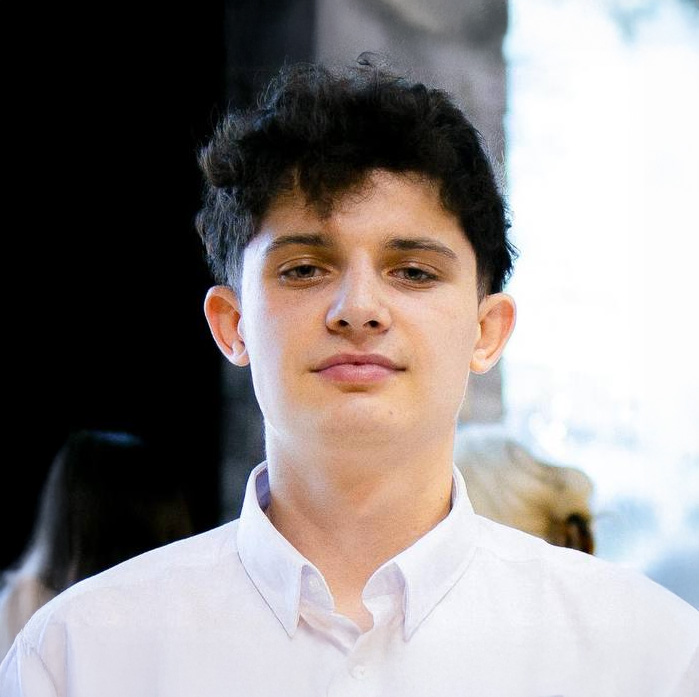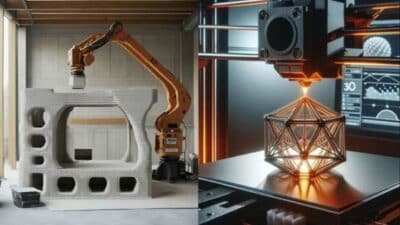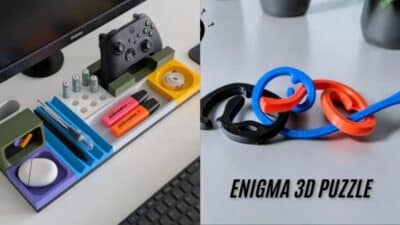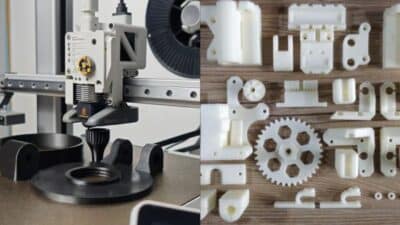3D printed sculpture combines traditional artistic creativity with advanced technology to produce detailed, customizable three-dimensional artworks. This method allows you to create intricate sculptures from digital designs, offering flexibility in form, size, and material that traditional methods cannot easily achieve. Whether you are interested in lifelike busts, abstract shapes, or large-scale installations, 3D printing opens new possibilities for artistic expression.
You don’t need to be a professional sculptor to engage with this technology. With access to digital files or by designing your own models, you can print sculptures that range from tiny collectibles to impressive public artworks. The rise of online communities and extensive digital libraries also gives you instant access to thousands of ready-to-print sculptures and unique ideas to inspire your projects.
Key Takeaways
- 3D printed sculptures are created from digital files, allowing precise and complex designs.
- This technology expands creativity by enabling various sizes and materials.
- Accessible digital libraries and communities support learning and sharing of 3D art.
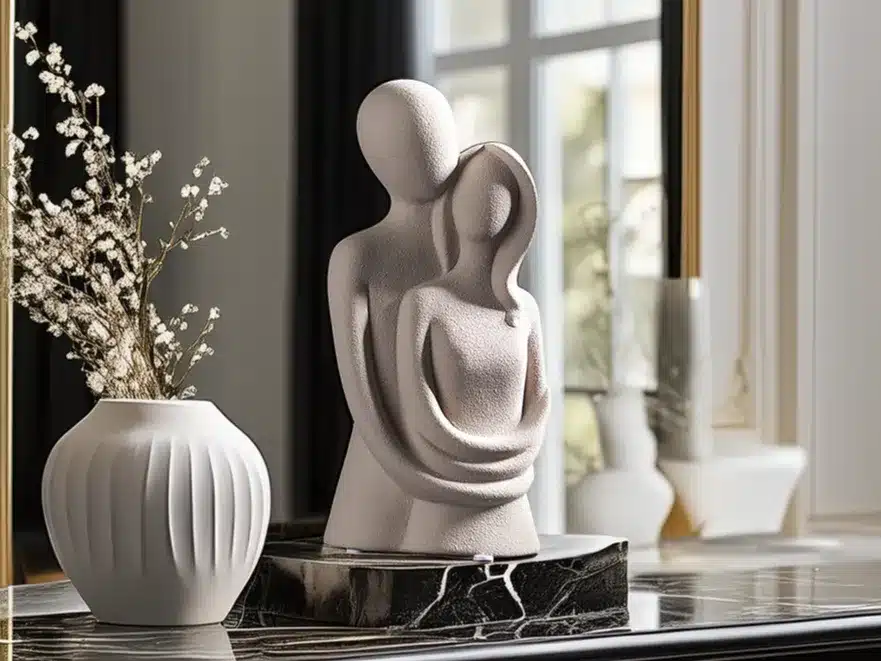
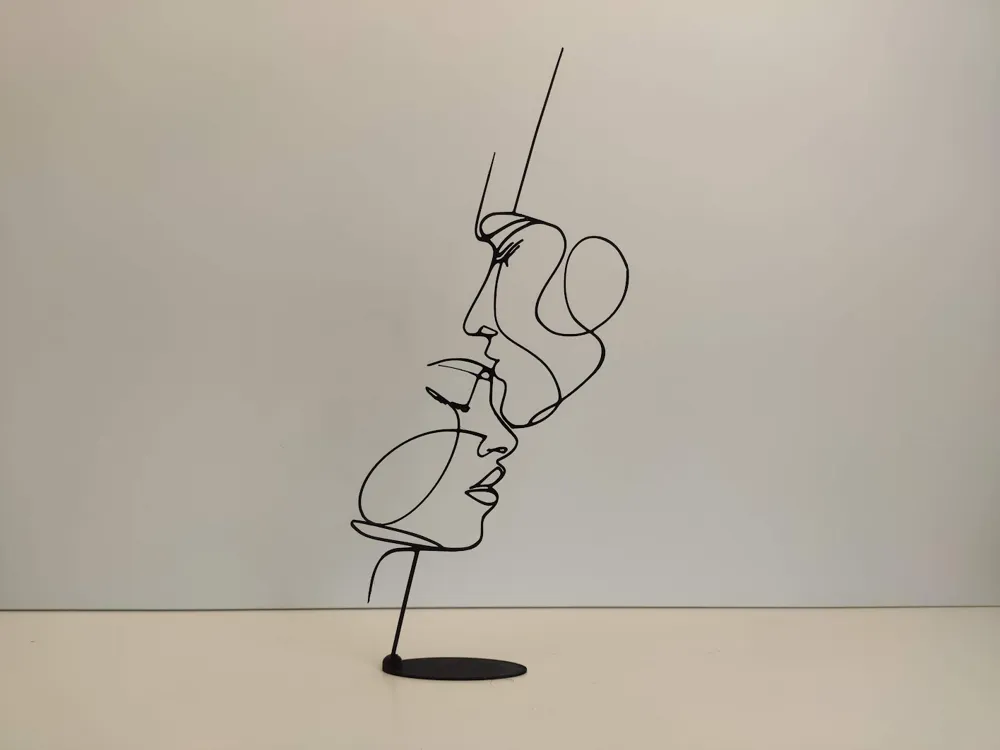
What Is a 3D Printed Sculpture?
3D printed sculptures are physical art pieces produced through additive manufacturing. They start from digital models and are created by building layers of material. These sculptures offer precise detail, complex forms, and material versatility not easily achievable with traditional sculpting.
Definition and Distinguishing Features
A 3D printed sculpture is a three-dimensional artwork fabricated by depositing material layer by layer, following a digital design. Unlike traditional sculpting, which involves carving or molding, 3D printing uses software to direct machines that create the object from the ground up.
Key features include the ability to produce intricate shapes and fine details that might be impossible by hand. This precision comes from digital design tools combined with the controlled layering process during printing. You’ll notice variations in surface texture depending on the printing technology used, such as visible layering in FDM prints or smooth finishes in SLA prints.
Types of 3D Printed Sculptures
3D printed sculptures range from small, highly detailed pieces to large-scale or life-sized statues. Some focus on original designs made from scratch, while others replicate existing artworks precisely.
Two common printing methods are:
- FDM (Fused Deposition Modeling): Uses filament layers. Post-processing like sanding and polishing is often required to smooth surfaces.
- SLA (Stereolithography): Uses resin for higher detail and smoother finishes but is generally more delicate.
You can find 3D prints in experimental, conceptual, and commercial art sectors, each leveraging the technology differently based on scale, complexity, and artistic goals.
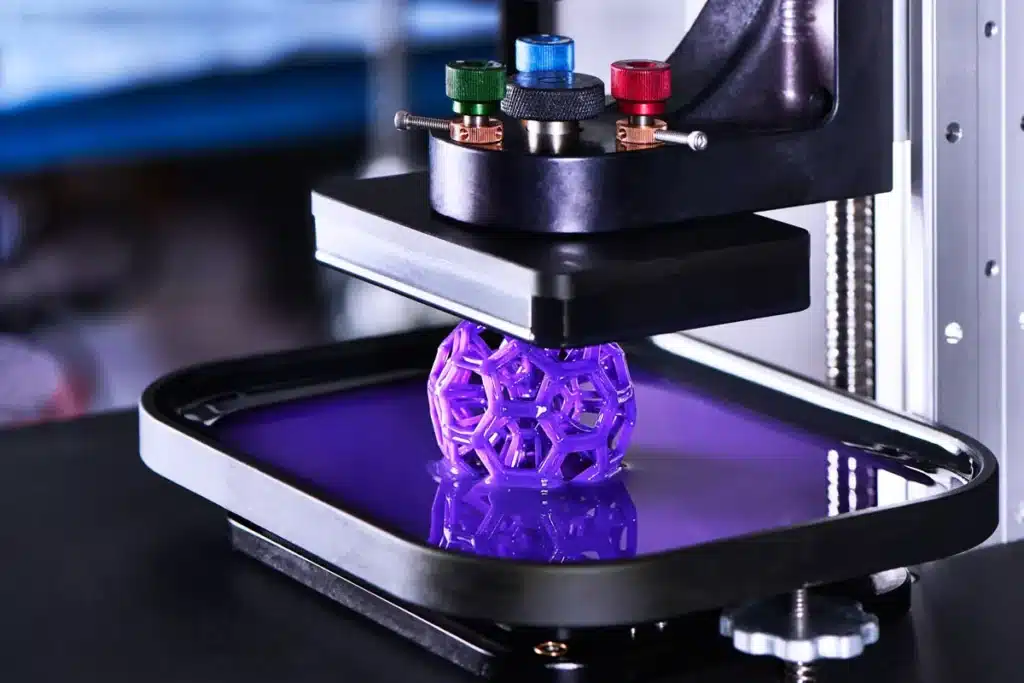
Materials Used in 3D Printed Sculptures
The choice of material affects durability, texture, and visual impact of your sculpture. Common materials include:
- Plastics: Widely used in FDM printing; affordable and versatile.
- Resins: Provide fine detail and glossy finishes, typical in SLA printing.
- Metals: Used for stronger, more permanent works, often in industrial 3D printers.
- Composites: Mixtures of plastic, metal, or other substances for customized strength or appearance.
Material flexibility allows you to experiment with weight, surface quality, and color options, expanding creative possibilities beyond traditional sculpture media.
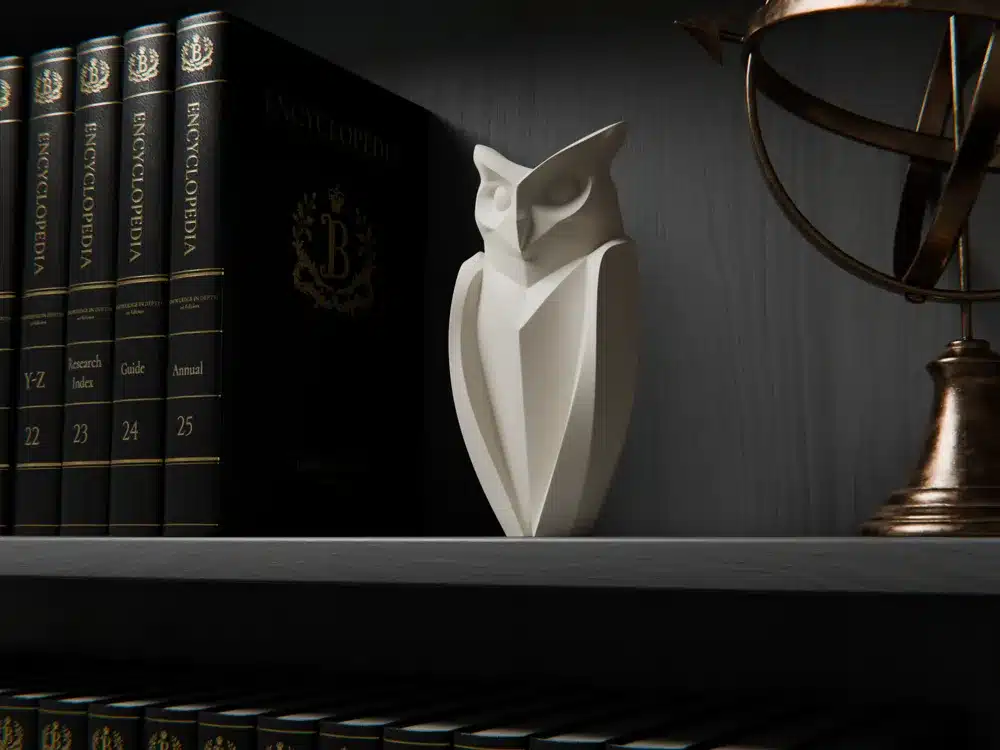
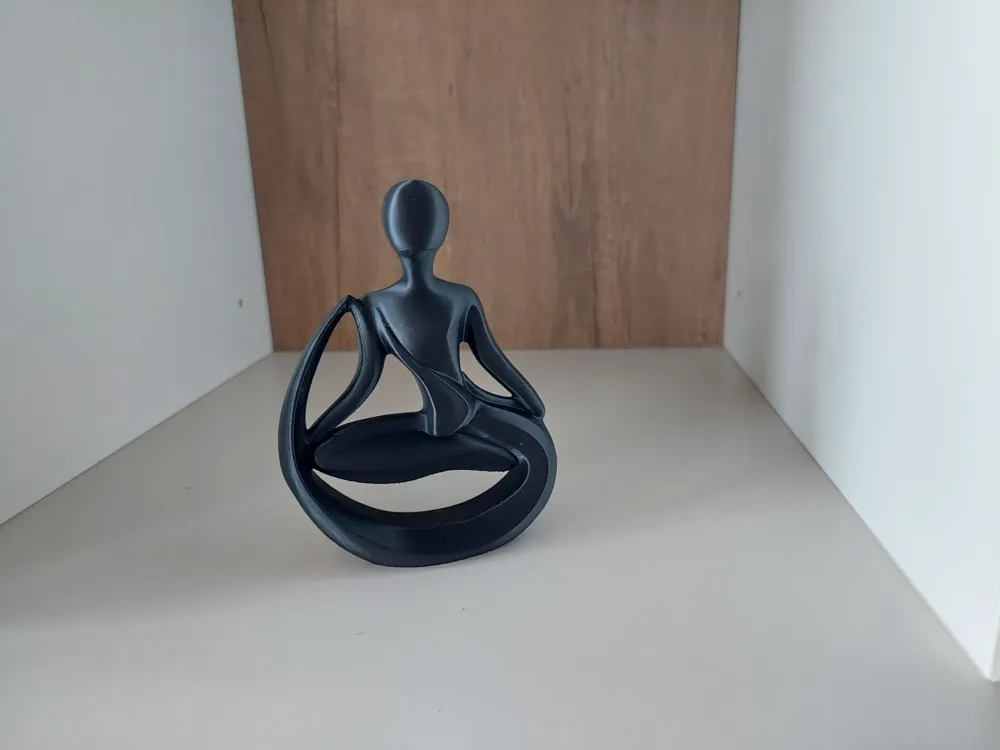
The 3D Printing Process for Sculpture
Creating a 3D printed sculpture involves precise digital design, selecting an appropriate printing method, and carefully finishing the printed object. Each step impacts the level of detail, material use, and the final appearance of your sculpture.
Design and Modeling Techniques
You start by creating a digital model using 3D design software such as Blender, ZBrush, or Autodesk Maya. These tools allow you to sculpt intricate details and complex shapes virtually before printing.
You can build models from scratch or scan physical objects to convert them into digital files. Pay attention to scale and resolution, as these will affect the print quality and structural integrity.
Designs are saved in formats like STL or OBJ, which 3D printers interpret for layer-by-layer fabrication. Optimizing mesh density and avoiding non-manifold edges ensures successful printing.
Popular 3D Printing Methods for Sculptures
Several 3D printing methods are suited for sculpture, each with unique advantages:
- Fused Deposition Modeling (FDM): Uses thermoplastic filament. Good for prototypes and larger pieces but limited surface detail.
- Stereolithography (SLA): Employs resin cured by a laser. Offers high detail with smooth surfaces, ideal for fine sculptures.
- Selective Laser Sintering (SLS): Uses powdered material fused by a laser. Allows for complex geometries without support structures.
- Metal 3D Printing: Techniques like Direct Metal Laser Sintering (DMLS) enable durable, large-scale metal sculptures.
Choosing the right method depends on your budget, required detail, and material preference.
Choosing the Right 3D Printer
To meet your artistic goals, consider printer specifications carefully:
- Build Volume: Ensure the printer can accommodate the size of your sculpture.
- Resolution: Higher resolution provides finer detail but may increase print time.
- Material Compatibility: Check if the printer supports the materials you want (e.g., resin, plastics, metal composites).
- Ease of Use and Software: User-friendly interfaces and compatible software streamline the workflow.
Popular brands include Formlabs for resin prints and Ultimaker for FDM, each catering to different sculpture needs.
Finishing and Post-Processing
After printing, the sculpture requires finishing to enhance aesthetics and durability.
You may need to remove support structures carefully without damaging the piece. Sanding or polishing helps smooth layer lines, especially on FDM prints.
Resin prints often require UV curing for full hardness. Painting, coating, or combining with traditional media like bronze or wood can add texture and color.
Effective post-processing defines the final quality, making your 3D printed sculpture a polished work of art.
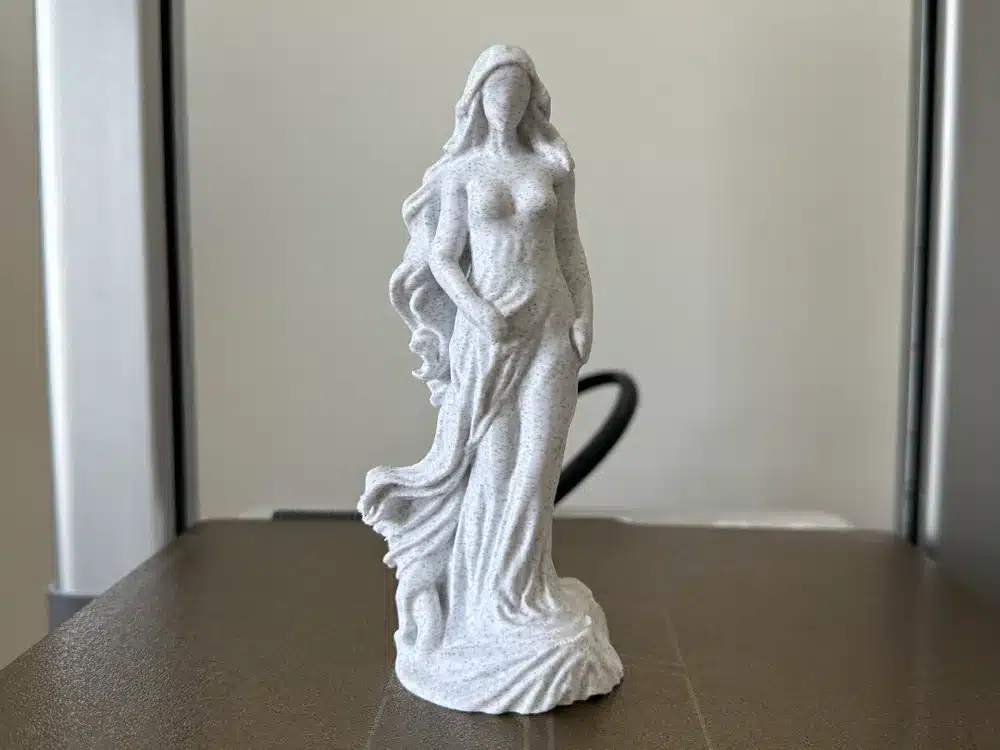
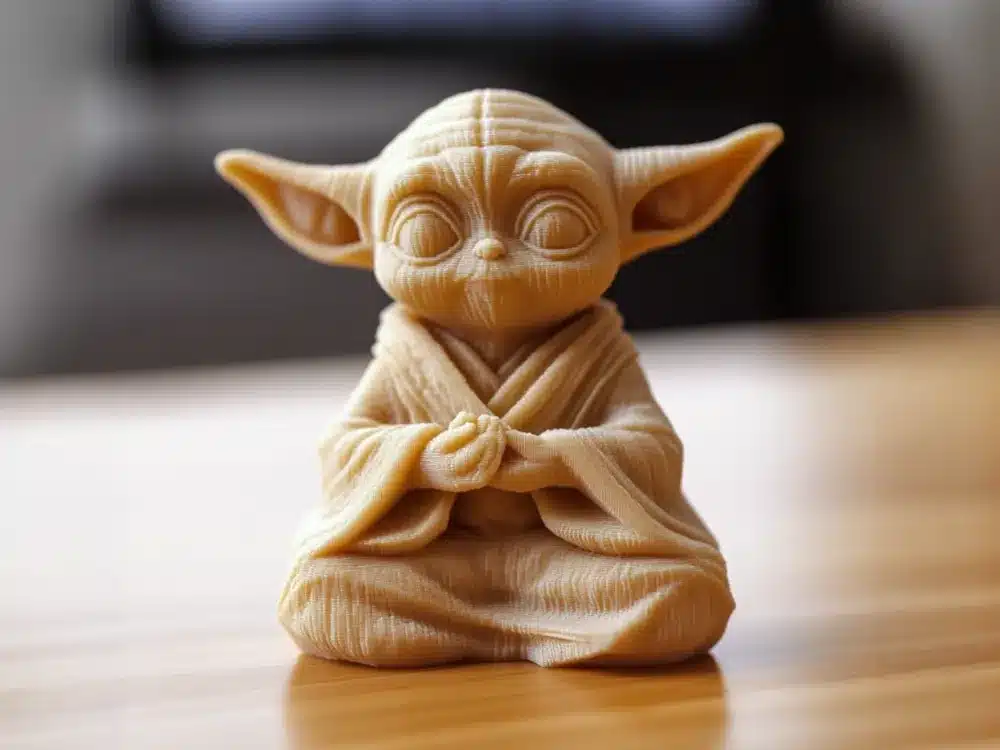
Innovative Applications and Artistic Expression
3D printing allows you to explore new creative territories, combining materials, forms, and technologies in ways traditional methods cannot. This technology enables intricate designs, integration with electronics, and large-scale architectural applications, expanding what sculpture can represent and how it interacts with viewers.
Notable 3D Printed Sculpture Projects
Many standout projects showcase how 3D printing breaks artistic boundaries. You can find sculptures featuring highly complex geometries and textures that are nearly impossible to carve by hand. Artists use this precision to create delicate, detailed works or modular pieces assembled from multiple printed parts.
Some projects focus on material experimentation, combining resins, plastics, and metals to achieve unique finishes. Others emphasize sustainability by reducing waste compared to traditional carving or casting. These projects often push you to rethink scale and detail, making sculptures lighter and more transportable.
Integration with Electronics and Robotics
You can enhance your sculptures by embedding electronics and robotic components directly into 3D printed forms. This integration allows kinetic movement, lighting effects, or interactive features controlled by microcontrollers.
Robotics combined with 3D printing also lets you automate complex sculpting tasks or design sculptures that respond to environmental inputs. This fusion challenges traditional static forms and introduces dynamic, responsive elements, enriching viewer engagement.
Architectural and Large-Scale Installations
3D printing supports architectural sculpture through modular design and precise fabrication of large components. You can produce intricate façades, structural parts, and art pieces integrated into buildings, using materials suitable for durability and weather resistance.
Large-scale installations benefit from additive manufacturing’s ability to handle complex shapes without wasteful material use. This approach allows you to create monumental works that challenge conventional construction techniques, blending art with functional architecture.
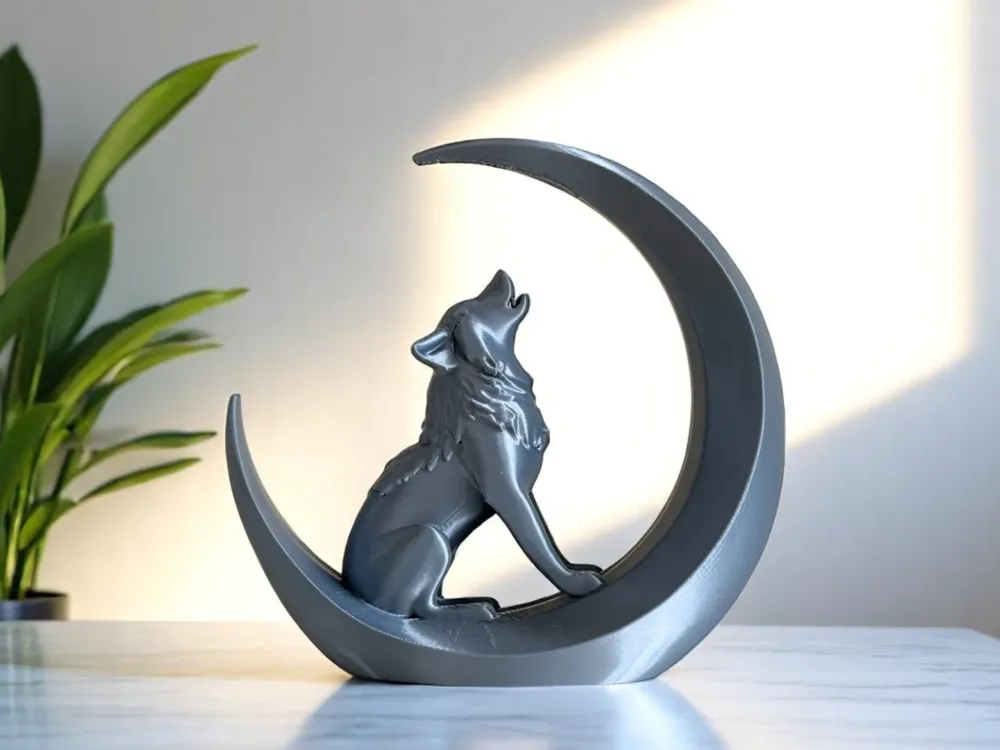
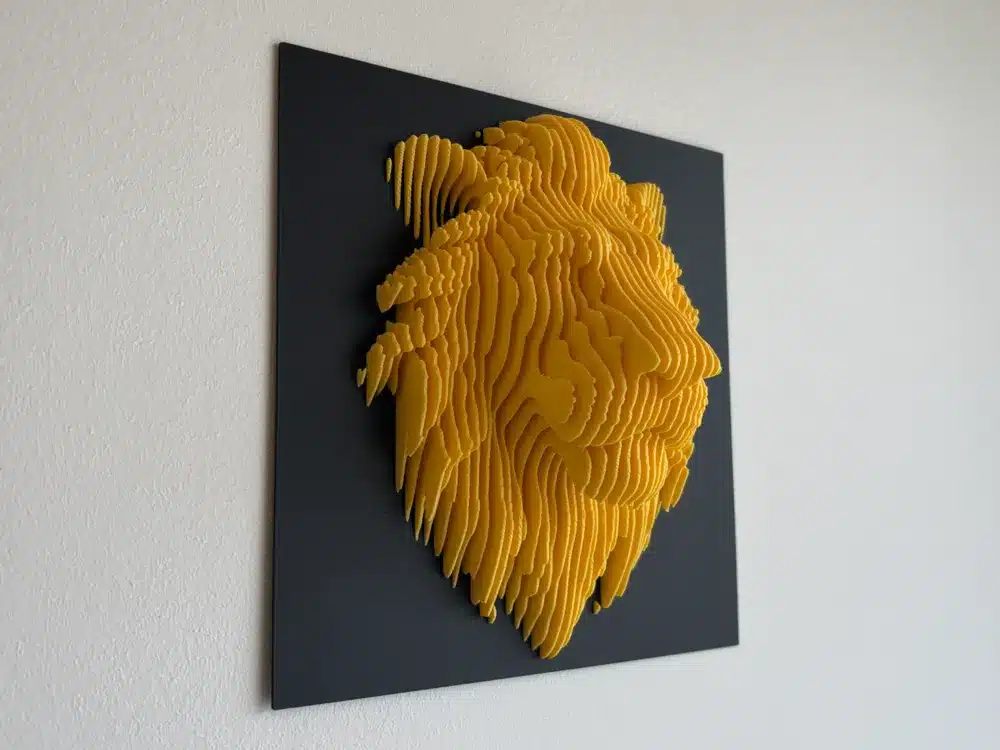
Community, Accessibility, and Sharing
3D-printed sculpture connects people through digital platforms, collaborative projects, and inclusive practices. You gain access to a wider range of artistic expressions while supporting accessibility for diverse audiences and creators.
Platforms for Downloading and Sharing 3D Models
You can find numerous online platforms where 3D model files are freely or commercially available. Websites like Thingiverse, MyMiniFactory, and Cults host thousands of designs, allowing you to download and print sculptures at home or in community spaces.
Many platforms include user ratings and comments, helping you evaluate model quality before printing. Digital sharing breaks geographic constraints, enabling artists to reach global audiences.
Some sites offer customization tools, so you can modify existing models to fit your needs. These platforms also facilitate the resale or licensing of digital sculptures, expanding opportunities for artists to monetize their work.
Role of Communities and Collaborations
You benefit from active online and local communities that foster knowledge sharing and creative exchanges. Groups on social media, maker spaces, and organizations like the Clovernook Center engage in joint projects to expand 3D sculpture’s reach.
Collaborations often focus on social impact, such as producing tactile replicas for museums or affordable prosthetics. Working with others accelerates innovation and helps overcome technical or material challenges.
Open communication and shared resources build stronger networks. By participating, you gain access to expertise, critiques, and support that enhance your own projects and contribute to the community’s growth.
Accessibility for Artists and the Public
3D printing democratizes sculpture by lowering physical and economic barriers. You can create or interact with artworks without requiring advanced sculpting skills or expensive tools.
For people with disabilities, tactile 3D sculptures offer new ways to engage with art. Museums and galleries use replicas to support visually impaired visitors, enabling hands-on experiences through detailed textures and shapes.
Artists with limited mobility find 3D printing a practical method to realize their designs. By sharing digital files, you help expand access to cultural heritage and artistic production beyond traditional limitations.
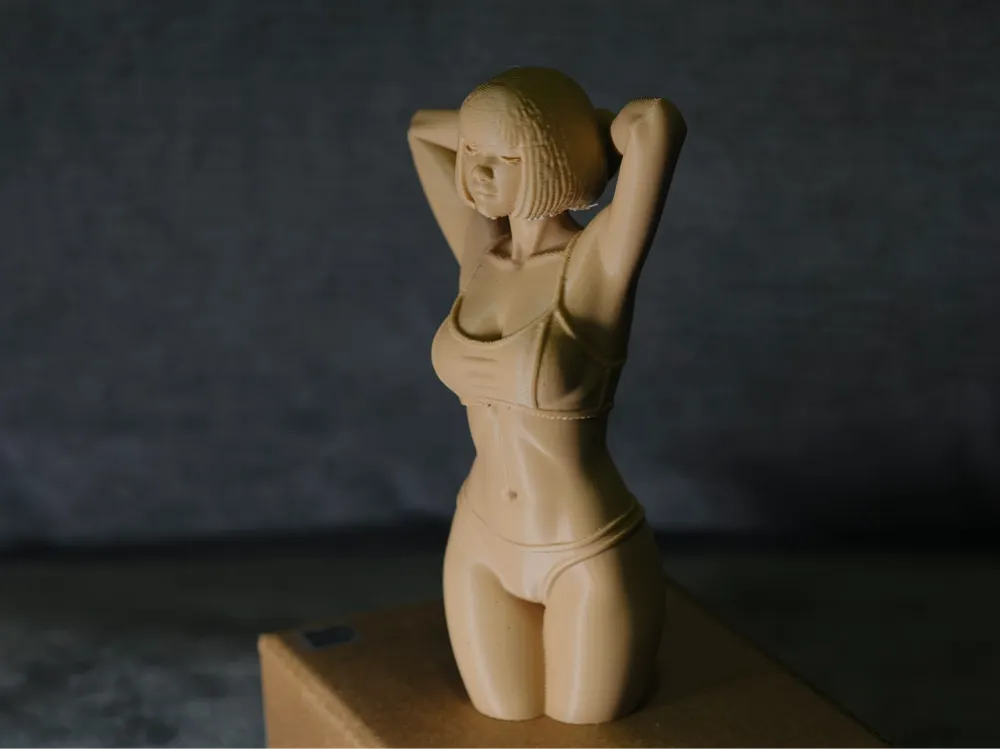
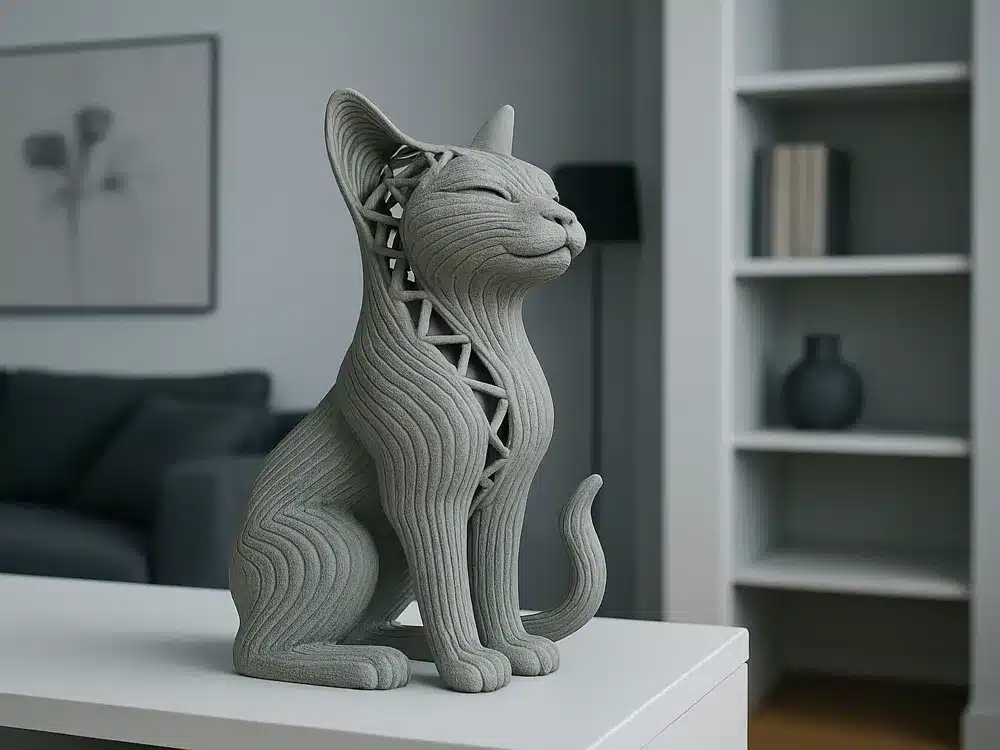
Future Trends in 3D Printed Sculptures
Advances in technology are reshaping how you create and interact with 3D printed sculptures. New creative tools and improvements in materials are expanding artistic possibilities and addressing environmental concerns.
Emerging Technologies and Creative Directions
You will find that 3D printing is increasingly integrated with AI, AR/VR, and digital modeling to create hybrid sculptures. This allows you to co-design with algorithms or explore sculptures as interactive, augmented experiences.
Multi-material and bio-printing technologies enable you to produce works with varying textures, colors, and even living components. These innovations push beyond traditional boundaries, letting you experiment with complex, dynamic forms that engage multiple senses.
New software tools enhance precision and customization, enabling intricate designs that were once impossible. This fusion of digital and physical art broadens the creative scope available to you in sculpture.
Sustainability and Materials Innovation
Sustainability is becoming central in 3D printed sculpture, with a focus on eco-friendly materials and processes. You can now access biodegradable filaments, recycled plastics, and bio-based resins that reduce environmental impact without sacrificing quality.
Innovations also include energy-efficient printers and waste reduction techniques during the production process. These advances help you create sculptures responsibly, balancing artistic ambitions with ecological concerns.
Material diversity continues to grow, offering options like flexible biopolymers and composites that improve durability and tactile experience. This trend encourages experimentation while addressing the sustainability challenges in contemporary sculpture.
- 1share
- Facebook0
- Pinterest1
- Twitter0
